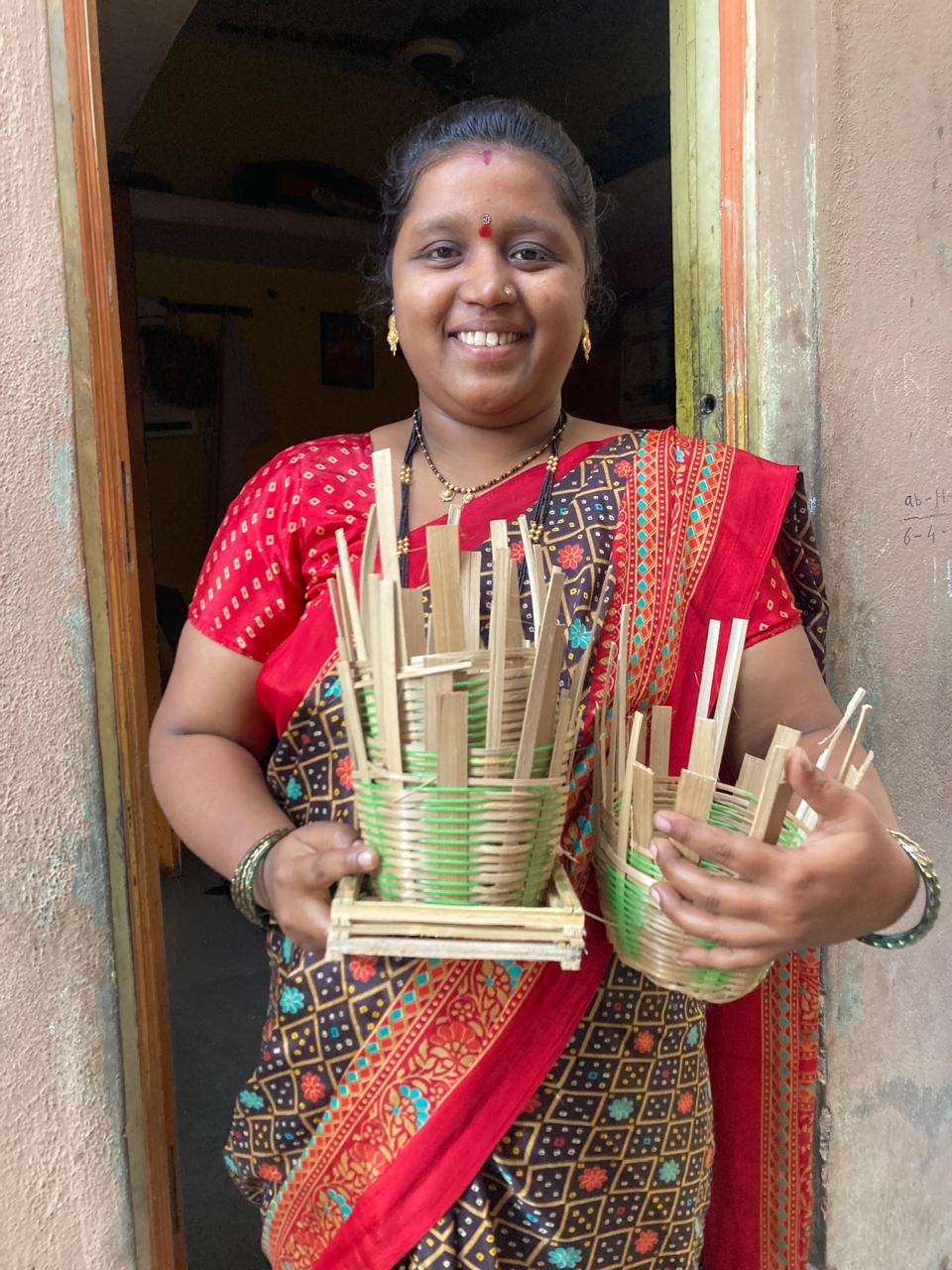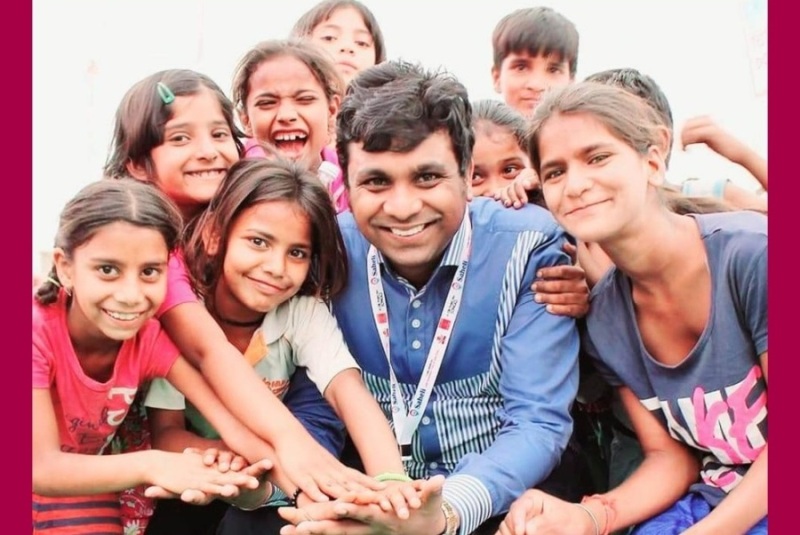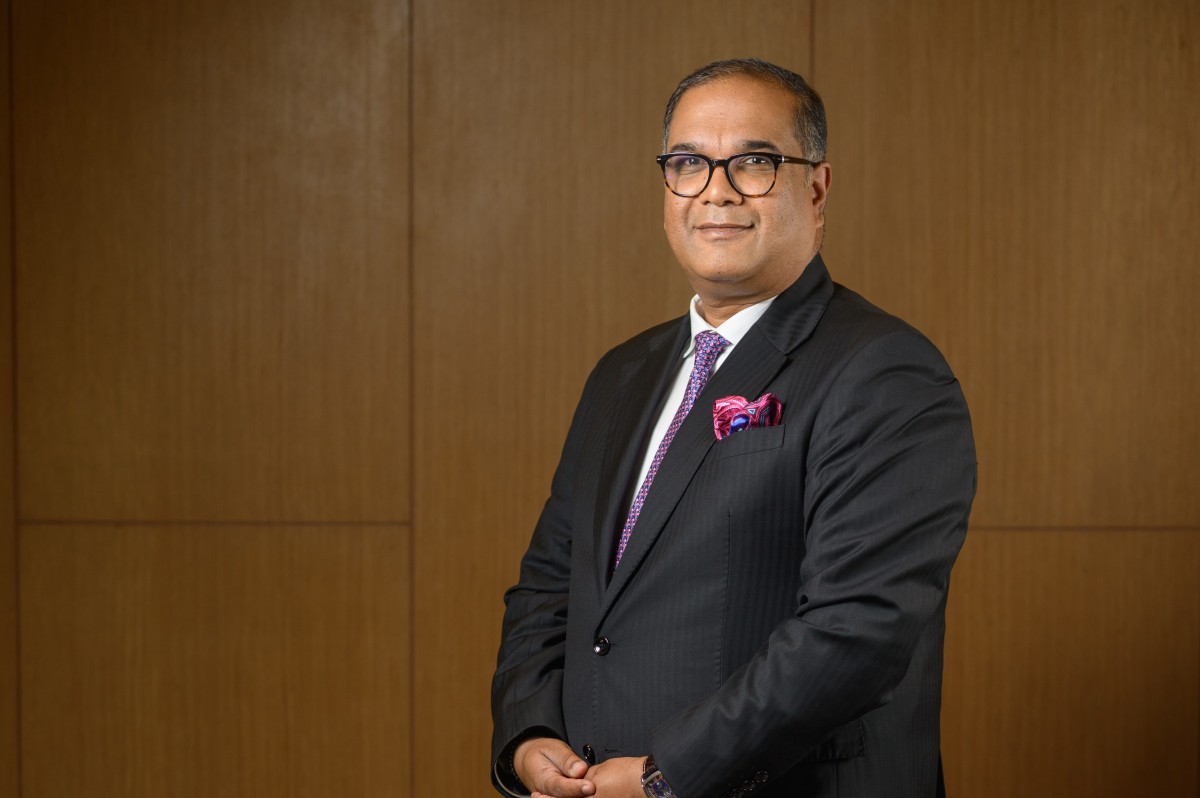 IndiaP2P has emerged as a transformative force in the world of finance, bridging critical credit gaps and empowering rural communities and women entrepreneurs. Founded by seasoned entrepreneur Neha Juneja and supported by fintech experts Ravinder Voomidisingh and Mohit Gupta, this RBI-certified platform offers a unique blend of stable investment opportunities and meaningful social impact. With a mission to uplift underserved areas, IndiaP2P has achieved remarkable milestones, including a portfolio where 96% of borrowers are women and 99% of loans are directed to non-urban regions.
IndiaP2P has emerged as a transformative force in the world of finance, bridging critical credit gaps and empowering rural communities and women entrepreneurs. Founded by seasoned entrepreneur Neha Juneja and supported by fintech experts Ravinder Voomidisingh and Mohit Gupta, this RBI-certified platform offers a unique blend of stable investment opportunities and meaningful social impact. With a mission to uplift underserved areas, IndiaP2P has achieved remarkable milestones, including a portfolio where 96% of borrowers are women and 99% of loans are directed to non-urban regions.
In this interview, we delve into the inspiring journey of IndiaP2P exploring its efforts to empower women entrepreneurs, tackle regional disparities, and contribute to key Sustainable Development Goals (SDGs). Co-founder Neha Juneja shares her vision behind IndiaP2P, the challenges faced by rural women entrepreneurs, and the strategies that have ensured low default rates and sustainable growth. She also offers insights into the platform's unique value for investors and its future plans to expand its impact further.
Read the full interview to uncover how IndiaP2P is changing lives and fostering inclusive economic growth through innovation and dedication:
Q. What inspired you to establish IndiaP2P, and how does the platform align with your vision of empowering rural communities and women entrepreneurs?
A. Over the past decade, Mohit, Ravinder and I have closely seen the self-help-group movement and the impact of the Grameen Bank model on it. So much so, that we’ve built a strong conviction that small business/livelihood enterprises are our most valuable asset class who simply need small borrowings to succeed. By creating a technology-enabled platform that directly connects lenders to these borrowers, IndiaP2P delivers efficient capital allocation. This approach aligns with the objective of expanding access to growth capital for underserved communities while offering retail investors (lenders) a viable asset class.
Q. With 96% of your borrowers being women, what unique challenges do women entrepreneurs in rural areas face, and how does IndiaP2P address these challenges effectively?. Could you share a success story of a woman entrepreneur who significantly benefited from IndiaP2P’s microfinance services?
A. Women entrepreneurs in rural areas face limited access to formal credit, lack of collateral, and limited access to financial services in general. IndiaP2P provides collateral-free loans with standardized terms and streamlined processes, ensuring efficient capital disbursement.
We have many examples of borrowers rapidly and creatively expanding their businesses with IndiaP2P loans. For example, Preethi from Tirupati started with one diagnostic centre and quickly expanded to two within an year of her IndiaP2P loan and continues to expand further.
 Q. Can you elaborate on how IndiaP2P's initiatives contribute to Sustainable Development Goals, particularly SDG 1 (No Poverty) and SDG 5 (Gender Equality)?
Q. Can you elaborate on how IndiaP2P's initiatives contribute to Sustainable Development Goals, particularly SDG 1 (No Poverty) and SDG 5 (Gender Equality)?
A. IndiaP2P aligns with SDG 1 by enabling income generation for underserved borrowers through access to credit, reducing dependency on high-interest informal lending. For SDG 5, the platform prioritizes women borrowers, facilitating financial independence and addressing gender gaps in entrepreneurship. The model ensures measurable outcomes by targeting productive uses of capital.
Q. With over 99% of your portfolio allocated to non-urban areas, what strategies do you employ to address regional disparities and ensure sustainable growth in these regions?
A. We employ data-driven borrower selection, focusing on non-urban regions with demonstrated credit demand and repayment capabilities. Local teams and digital processes ensure effective borrower onboarding. Sustainable growth is achieved by maintaining strict underwriting standards and continuous monitoring of loan performance in these areas.
Q. IndiaP2P is known for its low default rates. What are the key strategies or measures in your verification and lending processes that contribute to this achievement?
A. IndiaP2P’s lower default rates are a result of rigorous borrower selection, including credit bureau checks, alternative data analysis, and community-level verification. Loans are disbursed for productive purposes, and repayment behaviour is monitored continuously. The platform's risk mitigation strategies include diversification and adherence to strict operational protocols. However, it should be noted that even well-intentioned borrowers can face financial and other forms of distress leading to delinquencies and default.
Q. What sets IndiaP2P apart as an investment platform, particularly for individuals in their 40s seeking stable returns?
A. IndiaP2P is a unique interest bearing option that is relatively passive i.e. you select loans one time and earnings accrue per schedule. This is an option that is regulated by the RBI and comes with the protections that regulation brings. It can potentially offer high returns but bears risk as well of borrowers delaying or defaulting on their repayments.
 Q. How does IndiaP2P’s microfinance model ensure stability and trust for both borrowers and investors, especially in rural regions?
Q. How does IndiaP2P’s microfinance model ensure stability and trust for both borrowers and investors, especially in rural regions?
A. The platform operates a robust credit evaluation framework and employs transparent processes to build trust. For borrowers, this includes accessible terms and timely disbursements. For lenders, performance reporting and diversification minimize risk. Technology-driven operations ensure scalability and consistent outcomes.
Q. Having expanded operations to Maharashtra, what are your future plans for growth, and how do you envision scaling your impact on rural and underserved communities?
A. IndiaP2P plans to expand to additional states with significant credit gaps by leveraging technology and partnerships. The focus remains on targeting underserved borrower segments while scaling investor participation. Further developments include introducing new products aligned with regulatory frameworks and enhancing digital access for both lenders and borrowers.




 IndiaP2P has emerged as a transformative force in the world of finance, bridging critical credit gaps and empowering rural communities and women entrepreneurs. Founded by seasoned entrepreneur Neha Juneja and supported by fintech experts Ravinder Voomidisingh and Mohit Gupta, this RBI-certified platform offers a unique blend of stable investment opportunities and meaningful social impact. With a mission to uplift underserved areas, IndiaP2P has achieved remarkable milestones, including a portfolio where 96% of borrowers are women and 99% of loans are directed to non-urban regions.
IndiaP2P has emerged as a transformative force in the world of finance, bridging critical credit gaps and empowering rural communities and women entrepreneurs. Founded by seasoned entrepreneur Neha Juneja and supported by fintech experts Ravinder Voomidisingh and Mohit Gupta, this RBI-certified platform offers a unique blend of stable investment opportunities and meaningful social impact. With a mission to uplift underserved areas, IndiaP2P has achieved remarkable milestones, including a portfolio where 96% of borrowers are women and 99% of loans are directed to non-urban regions. Q. Can you elaborate on how IndiaP2P's initiatives contribute to Sustainable Development Goals, particularly SDG 1 (No Poverty) and SDG 5 (Gender Equality)?
Q. Can you elaborate on how IndiaP2P's initiatives contribute to Sustainable Development Goals, particularly SDG 1 (No Poverty) and SDG 5 (Gender Equality)? Q. How does IndiaP2P’s microfinance model ensure stability and trust for both borrowers and investors, especially in rural regions?
Q. How does IndiaP2P’s microfinance model ensure stability and trust for both borrowers and investors, especially in rural regions?










.jpg)




